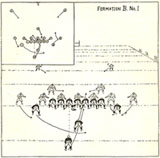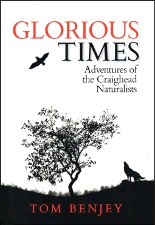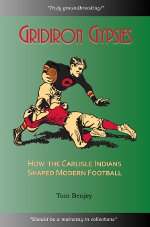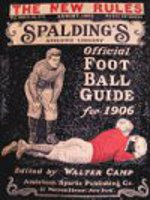Newspaper accounts of a November 2, 1903 incident that occurred at Little Lightning Creek in northeastern Wyoming between Sheriff W. H. Miller’s posse and a party of Indians claimed that Sioux, Crows and Arapahos traveling back and forth between reservations in Nebraska, Montana and South Dakota had been slaughtering thousands of antelope and deer each year along with some cattle and sheep. The authorities mounted a determined effort to stop this poaching that particular year. “Several weeks ago a large party of Sioux Indians under Eagle Feather, otherwise known as Charlie Smith, the full-blooded Sioux and a graduate from the Carlisle Indian School, appeared in the game country south of New Castle.
The party consisted of twelve wagons with twelve horses and an unstated number of men, women and children. “Eagle Feather and Black Kettle, the latter one of the most notorious warriors of the Sioux tribe, resisted arrest and a battle began. Sheriff Miller was shot through the left thigh and died within half an hour. Black Kettle was killed at the first fire and Eagle Feather fell with bullets through both legs. Six Indians in all were killed and ten wounded, and all laid on the battlefield all night.” Eagle Feather was described as a “Bad Indian,” having sent word to Sheriff Miller that he wouldn’t be taken alive. “The Carlisle graduate is well educated and he is said to have good knowledge of law and the rights of Indians. He was an old offender, having been under the ban of authorities for several years.”
The December 11, 1903 edition of The Red Man and Indian Helper, a Carlisle Indian School publication, included “A Carlisle Ex-student’s Account of the Wyoming Pale-Face Uprising.” Clarence Three Stars wrote from the Pine Ridge Agency, telling a very different story: “The following are former pupils of Carlisle who were in trouble—Charles Red Hawk (Smith) and wife, William Brown and wife, all of whom were of good reputation and were doing well under the circumstances they were in.” Brown and Red Hawk were on a pleasure trip in Wyoming, according to Brown, who shared the details of the incident with Three Stars. I’ll leave reading the details of this atrocity to the reader and continue to search for someone actually called Eagle Feather and alive in 1922.
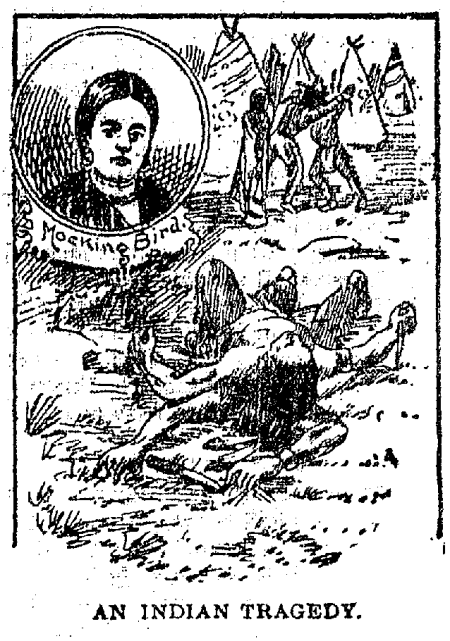 The first reference I investigated was of a 1901 Seminole love pentagon gone terribly wrong. Seventeen-year-old Mocking-Bird, daughter of the chief, was the belle of the tribe and had attracted four ardent suitors, including Eagle feather. The longer she took making her choice, the more hopeful—and jealous—each became. Smiling impartially at each of them, she remained steadfastly indifferent. Her suitors’ jealousy and ardor festered day by day as the day of the sun dance approached, thinking she would pick a husband during the festival.
The first reference I investigated was of a 1901 Seminole love pentagon gone terribly wrong. Seventeen-year-old Mocking-Bird, daughter of the chief, was the belle of the tribe and had attracted four ardent suitors, including Eagle feather. The longer she took making her choice, the more hopeful—and jealous—each became. Smiling impartially at each of them, she remained steadfastly indifferent. Her suitors’ jealousy and ardor festered day by day as the day of the sun dance approached, thinking she would pick a husband during the festival.